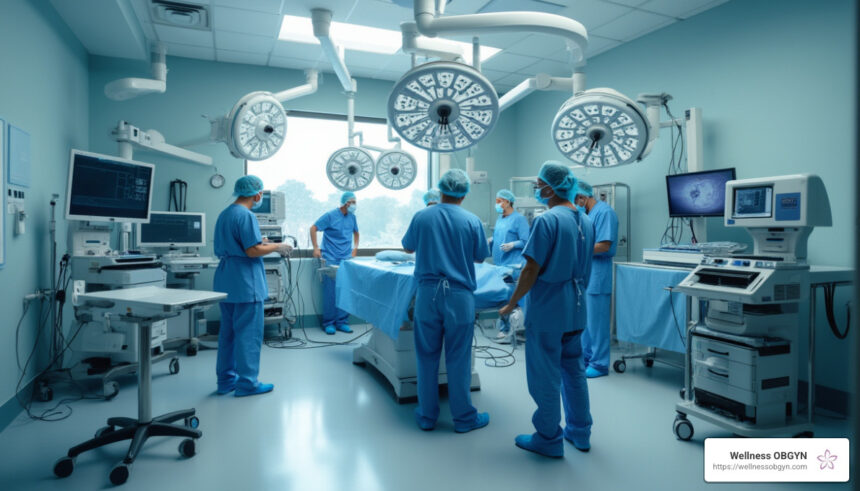Medical professionals use mammograms to look for changes in breast tissue. For many people, understanding the procedures and standards behind this screening is helpful. A key piece of legislation, the Mammography Quality Standards Act (MQSA), plays a significant role in the process, establishing a baseline for facilities nationwide. Here is more information about the benefits of this piece of legislation:
What Is This Law?
The Mammography Quality Standards Act is a federal law passed by Congress in 1992. The U.S. Food and Drug Administration (FDA) is responsible for its implementation. This law requires all mammography facilities in the United States to meet uniform quality standards. Before a facility is permitted to offer mammography services legally, it must be certified by the FDA as meeting these standards.
To maintain certification, facilities undergo annual inspections. These inspections cover several areas of operation:
- Equipment performance and maintenance
- Qualifications of the personnel, including radiologists and radiologic technologists
- Quality control and quality assurance practices
If a facility does not meet the standards, it must correct the issues or risk losing its certification. The MQSA establishes a consistent level of quality for mammography services nationwide.
Why Are Quality Mammograms Needed?
The quality of a mammogram may affect its usefulness. A high-quality image provides clear, detailed information about breast tissue, which allows the radiologist to interpret it accurately. Poor-quality images may be blurry or may not show the entire breast, which might lead to an unclear reading.
When a mammogram is unclear, a person might be called back for additional imaging. This process involves more tests, which could include another mammogram or an ultrasound. The MQSA’s standards for equipment and personnel training are designed to promote the consistent production of high-quality images.
This focus on quality enables radiologists to obtain the necessary information from the initial screening. These follow-up tests may help you to avoid any potential issues that could be overlooked. While additional imaging takes more time, it is needed for an accurate diagnosis.
Why Is Access Significant?
Before the MQSA, the quality of mammography may have varied greatly from one facility to another. A person’s access to a quality screening depended on where they lived. The MQSA addressed this by establishing a national standard. Now, any certified facility, whether in a large urban hospital or a small rural clinic, must adhere to the exact requirements.
Who Does This Impact?
The MQSA impacts anyone who gets a mammogram in the United States. It provides a system of accountability for all facilities offering these services. Patients are given a level of reassurance that the facility they visit meets federal quality guidelines.
The law may also affect the medical professionals who perform and interpret mammograms. Radiologists and technologists must meet specific training and continuing education requirements to work in a certified facility. This means they stay current with their skills and knowledge. For facilities, the MQSA outlines clear operational rules, ranging from equipment maintenance to record-keeping and patient communication.
Schedule a Mammogram Today
The Mammography Quality Standards Act sets a foundation for quality and safety in mammography services. It provides a framework that facilities follow to offer consistent, reliable screenings. If you have questions about mammograms or are due for a screening, we encourage you to speak with a healthcare provider. Contact an OBGYN clinic to schedule an appointment.














